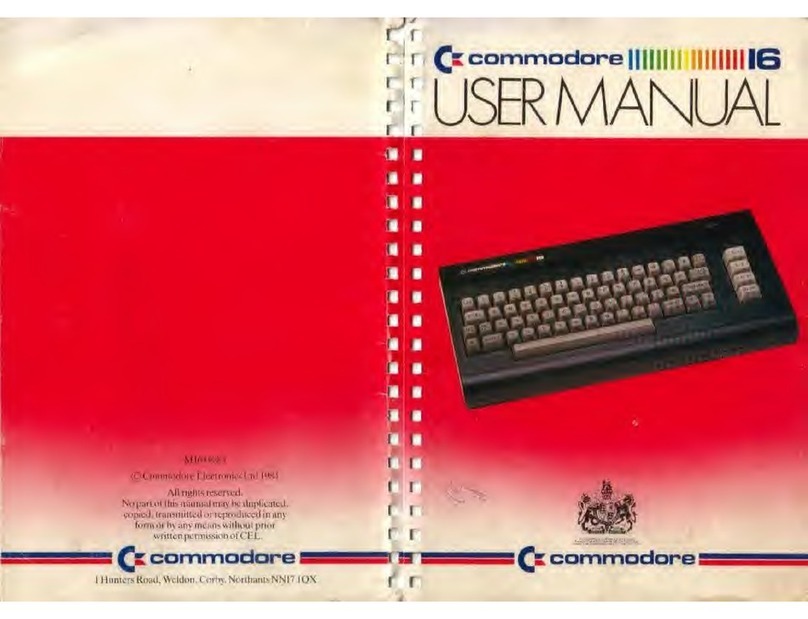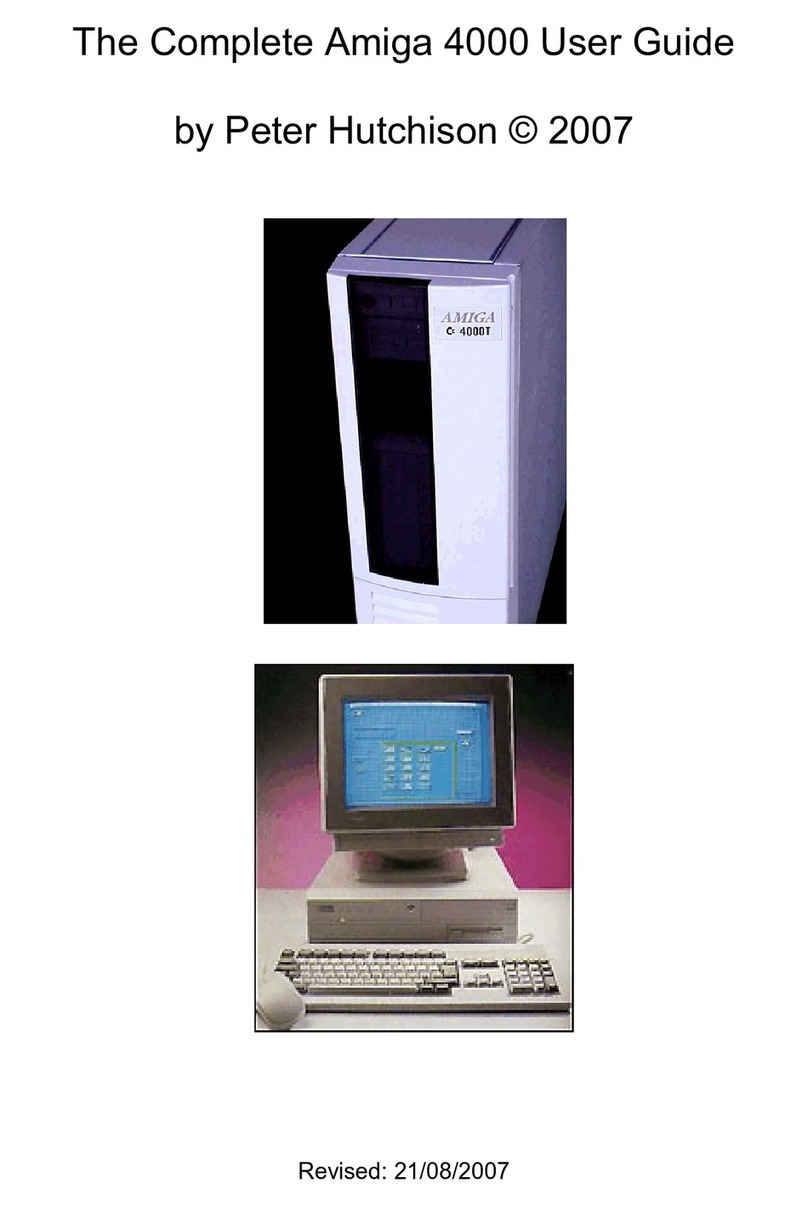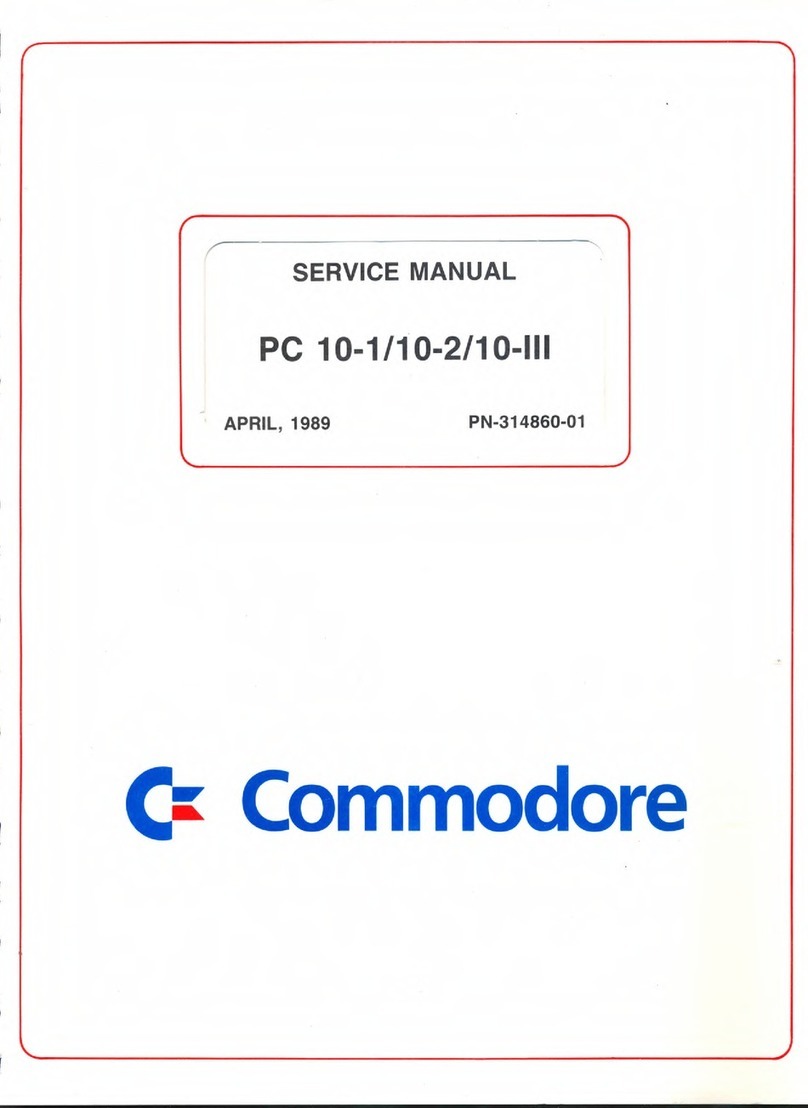Commodore PET User manual
Other Commodore Desktop manuals

Commodore
Commodore SuperPET User manual
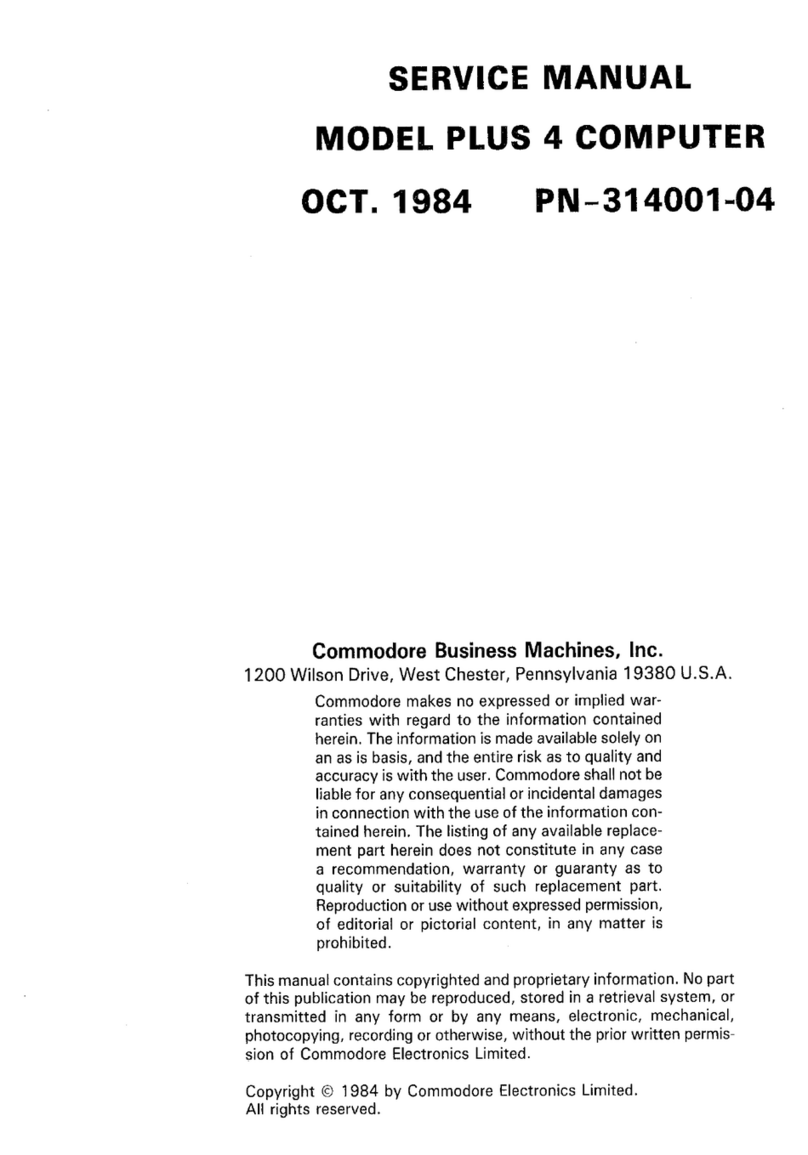
Commodore
Commodore Plus 4 User manual
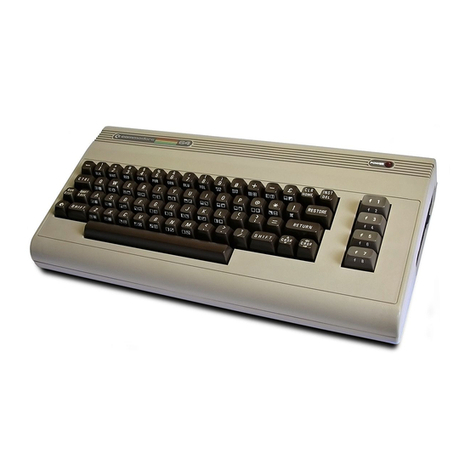
Commodore
Commodore C64 User manual
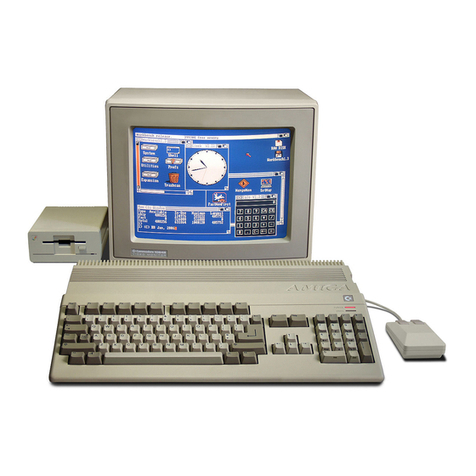
Commodore
Commodore Amiga A500 Product manual
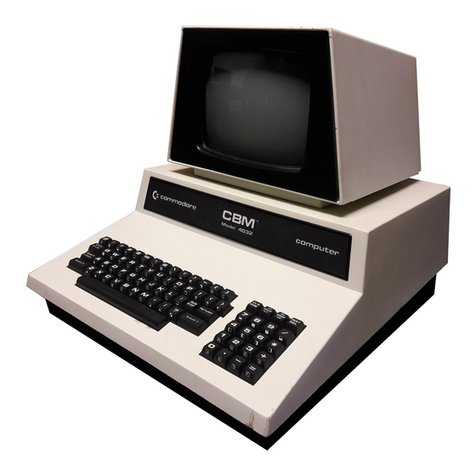
Commodore
Commodore 4016 User manual
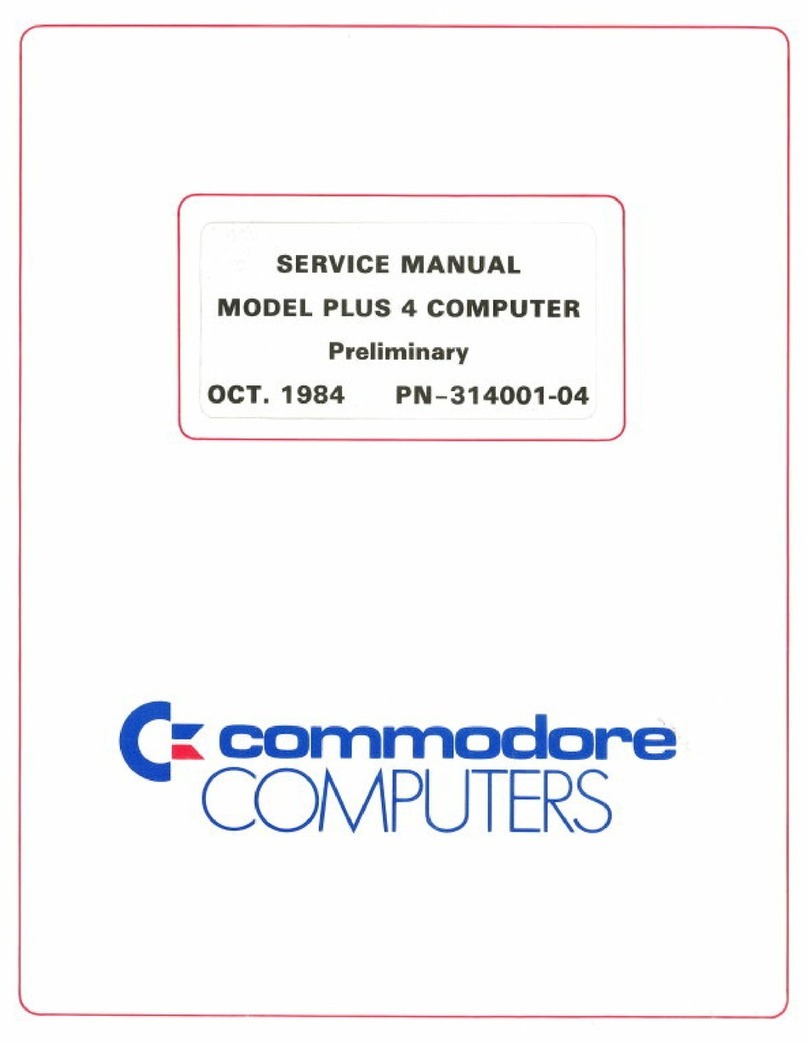
Commodore
Commodore Plus 4 User manual
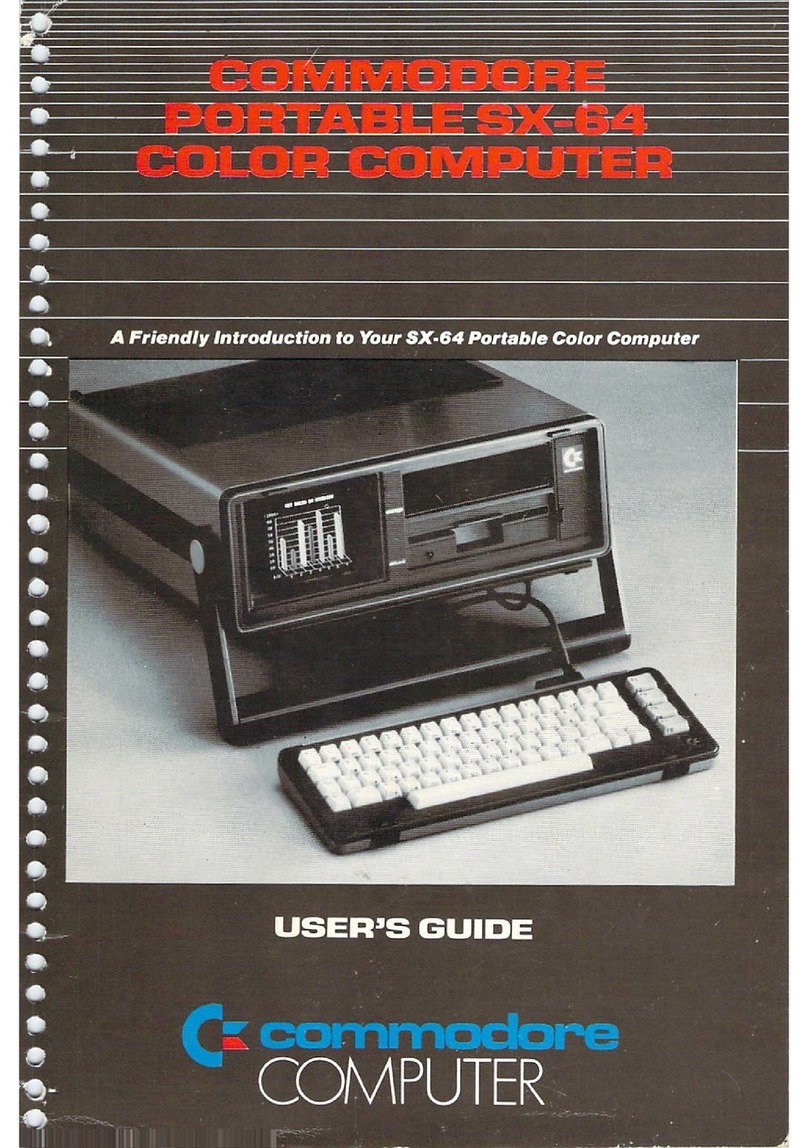
Commodore
Commodore SX-65 Portable User manual
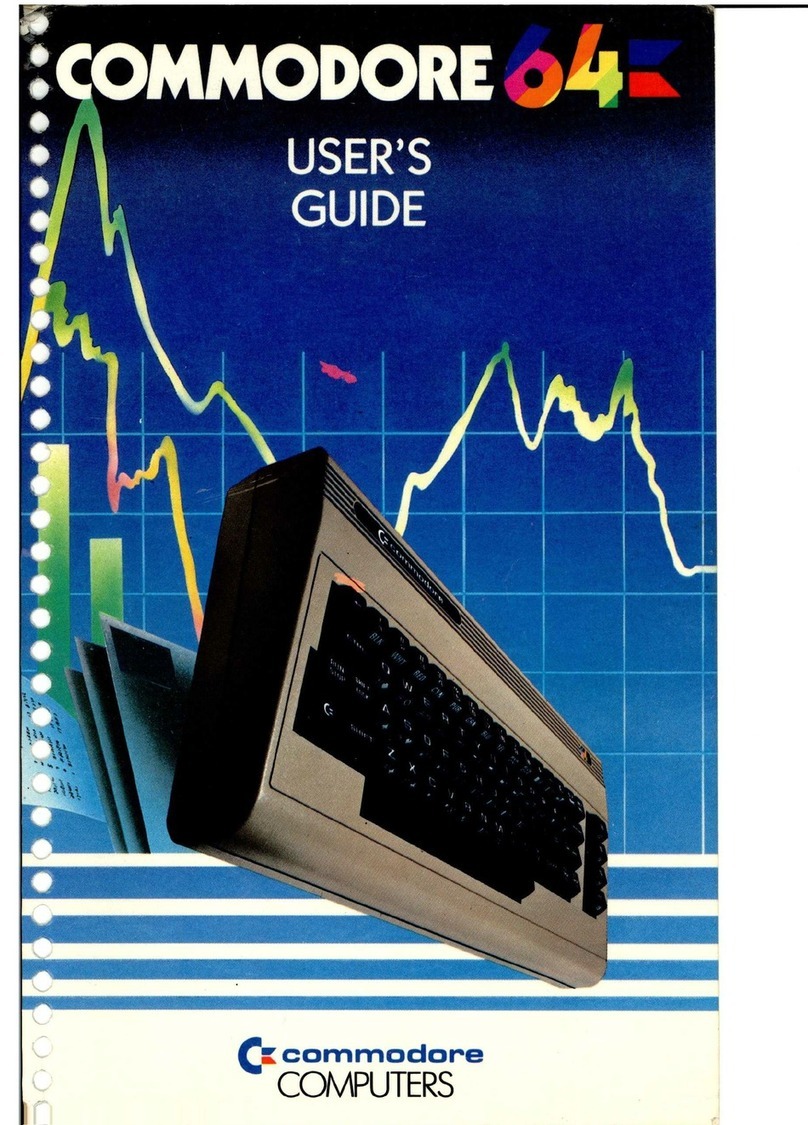
Commodore
Commodore 64 User manual
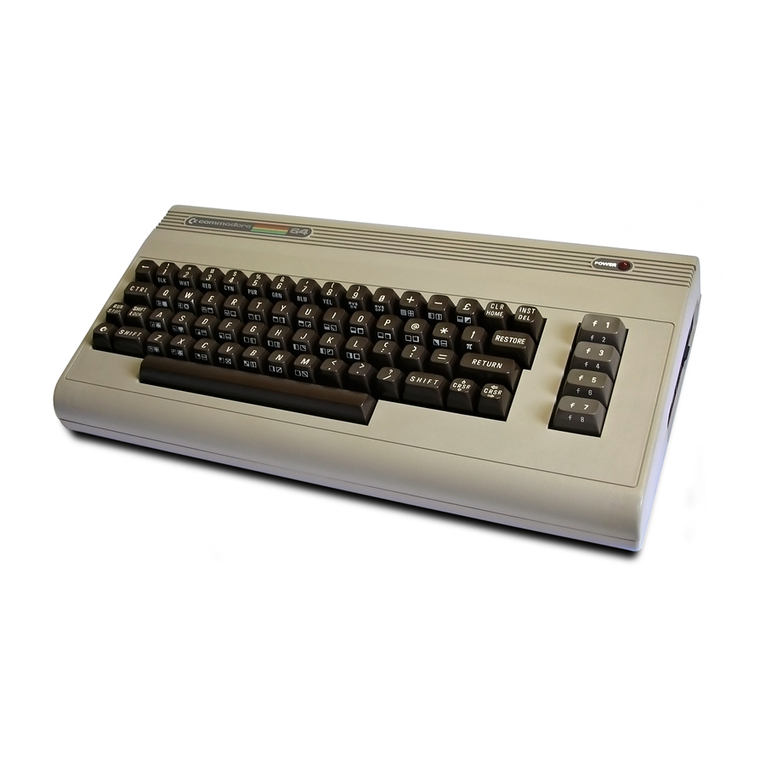
Commodore
Commodore 64 User manual
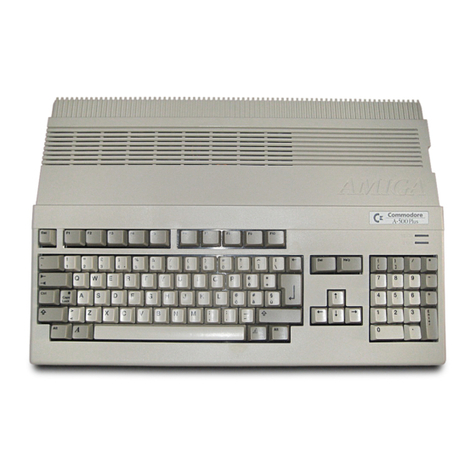
Commodore
Commodore A500 PLUS User manual
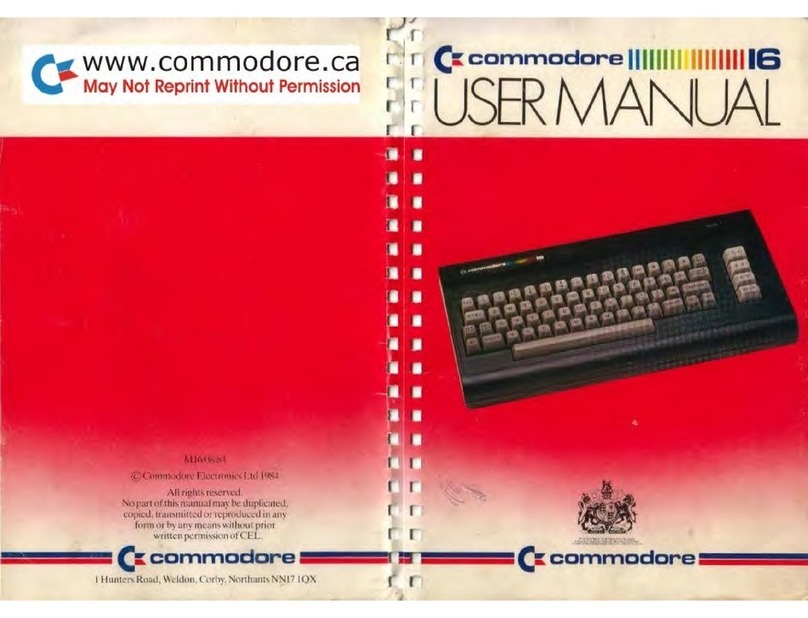
Commodore
Commodore 16 User manual
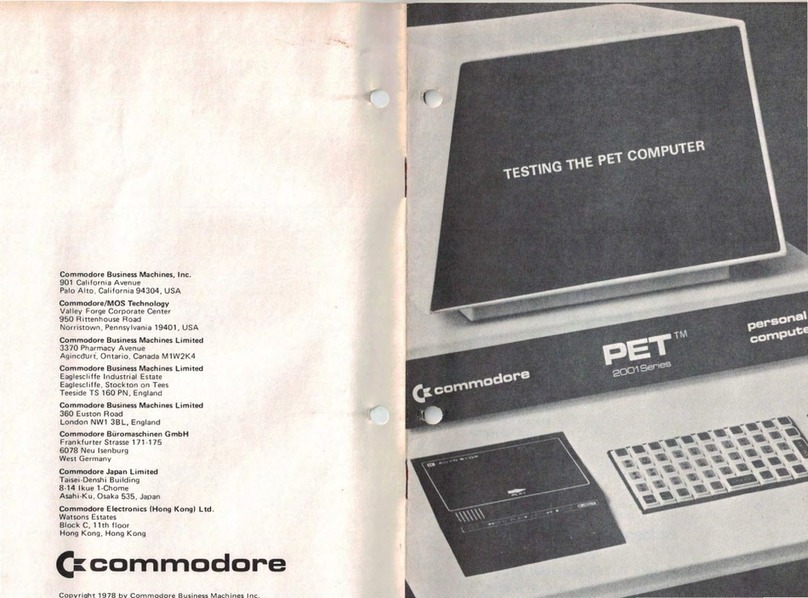
Commodore
Commodore PET 2001 Series User manual

Commodore
Commodore Amiga User manual
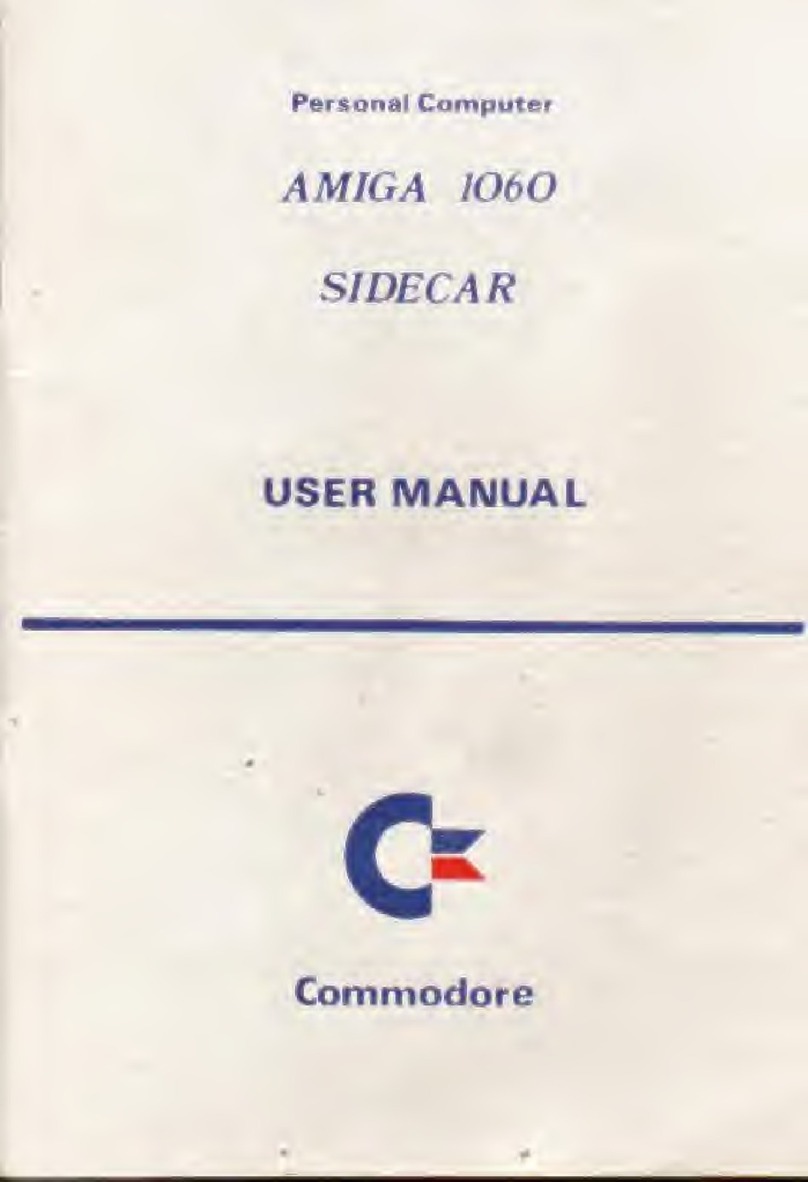
Commodore
Commodore AMIGA 1060 SIDECAR User manual
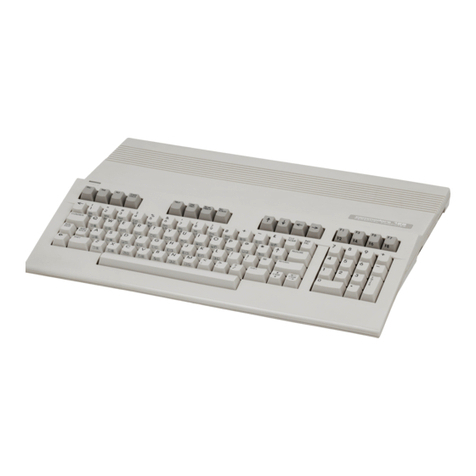
Commodore
Commodore 128 User manual
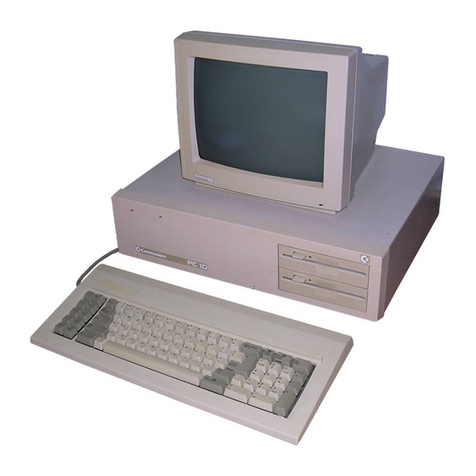
Commodore
Commodore PC 20 User manual
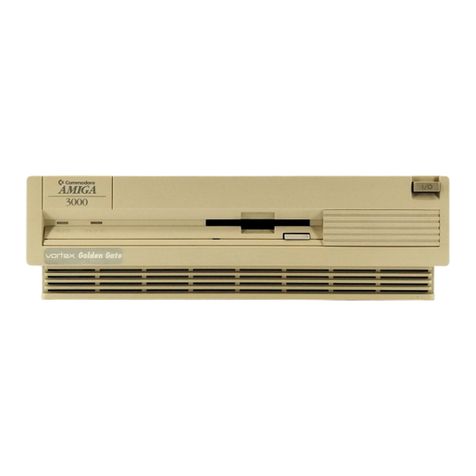
Commodore
Commodore Amiga 3000 User manual

Commodore
Commodore PC 10-1 User manual
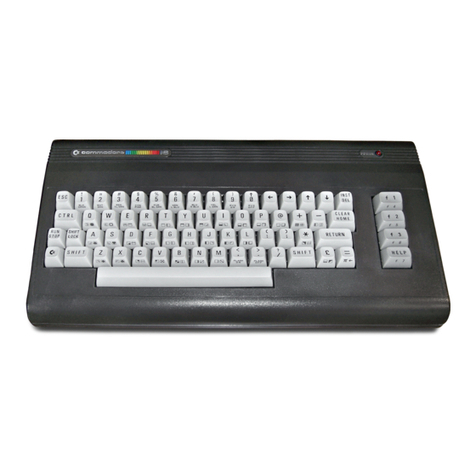
Commodore
Commodore C16 User manual
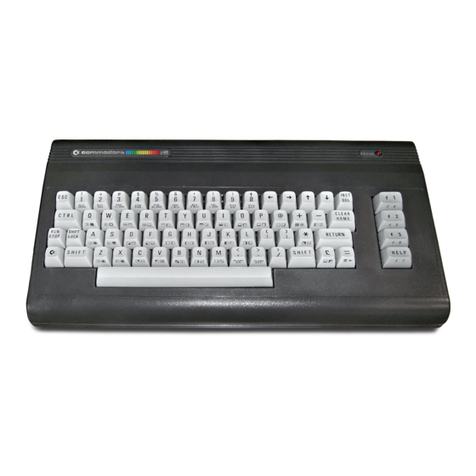
Commodore
Commodore 16 User manual
